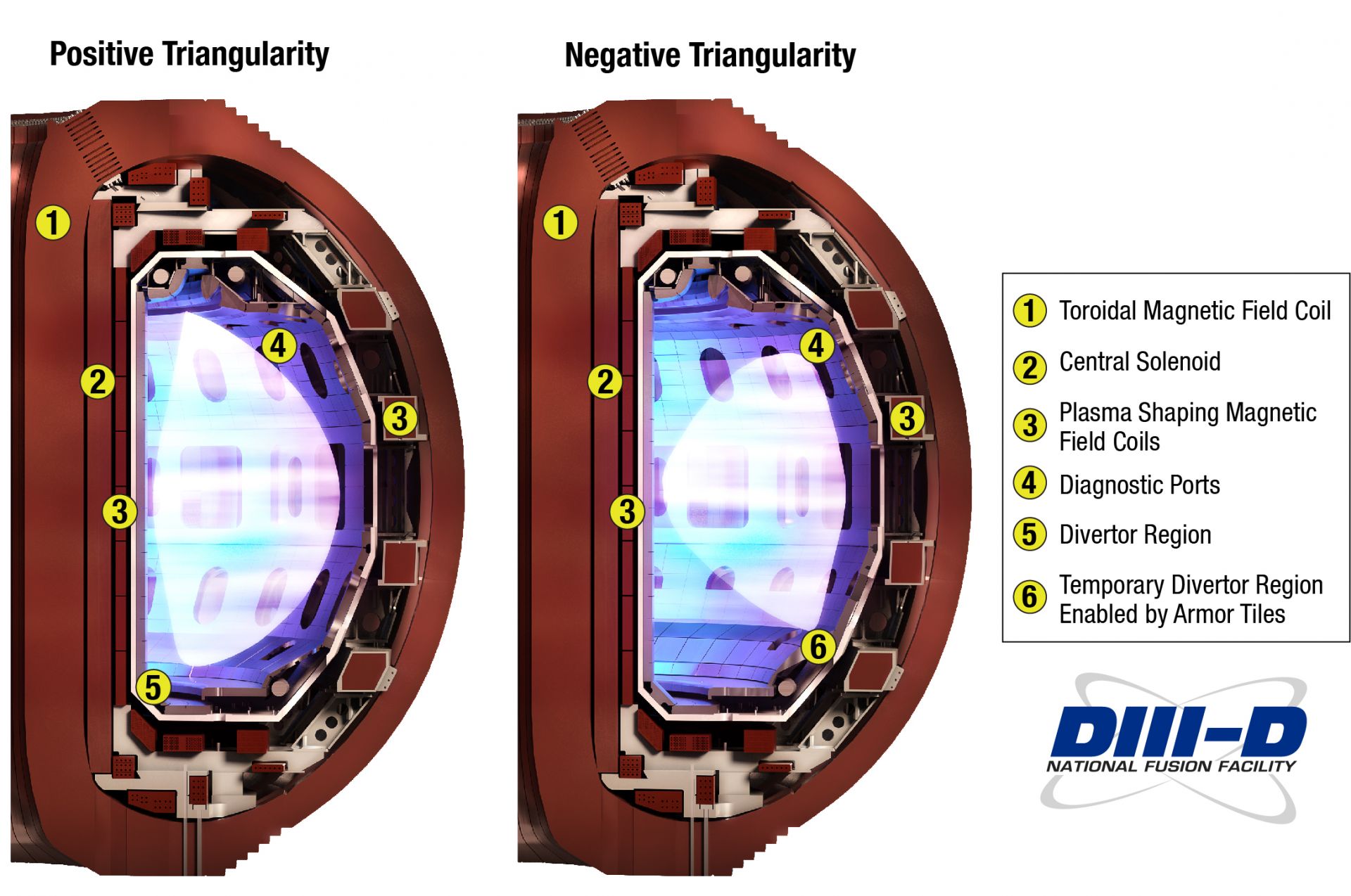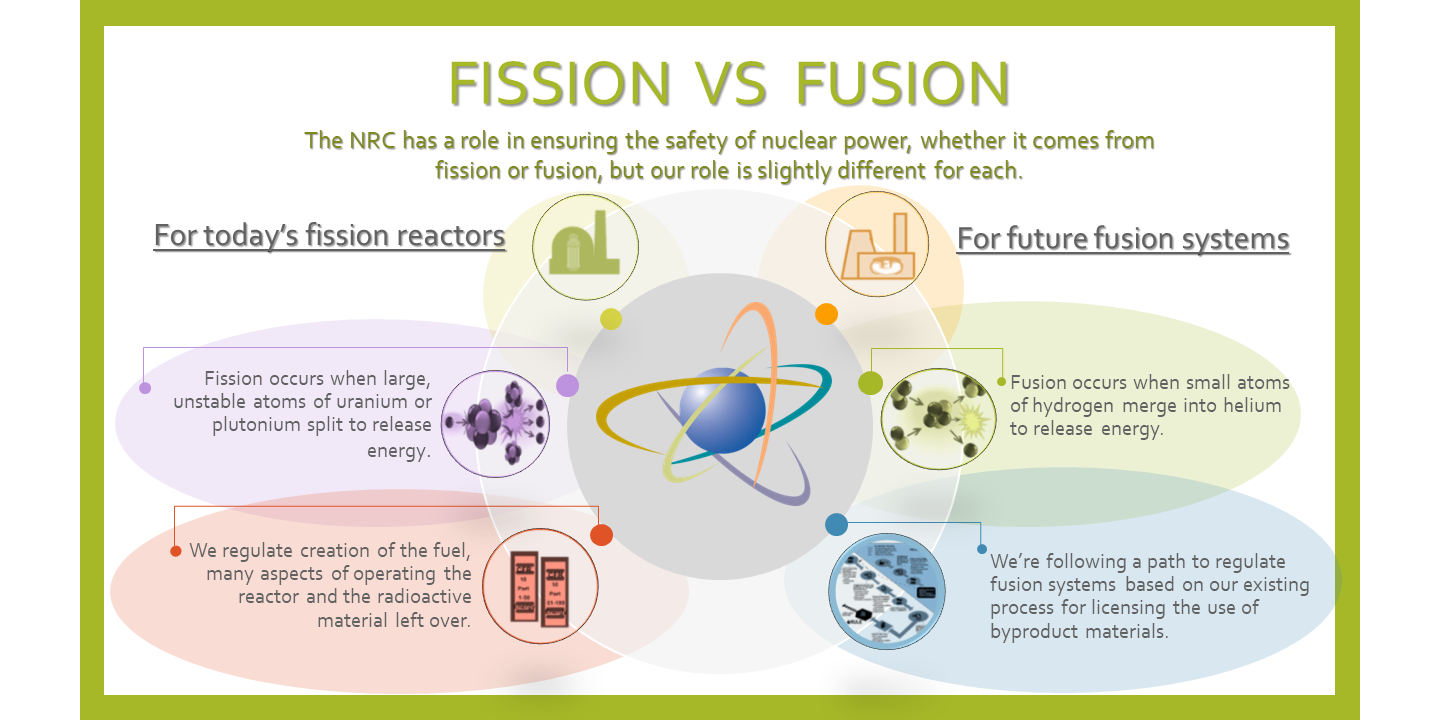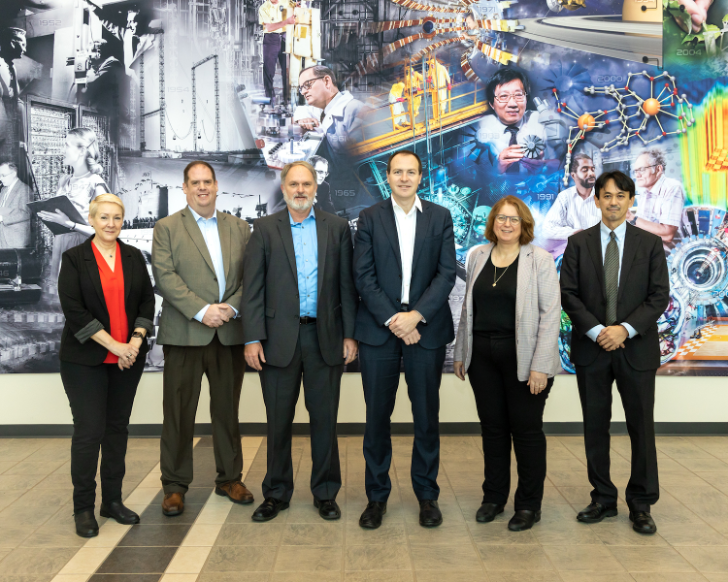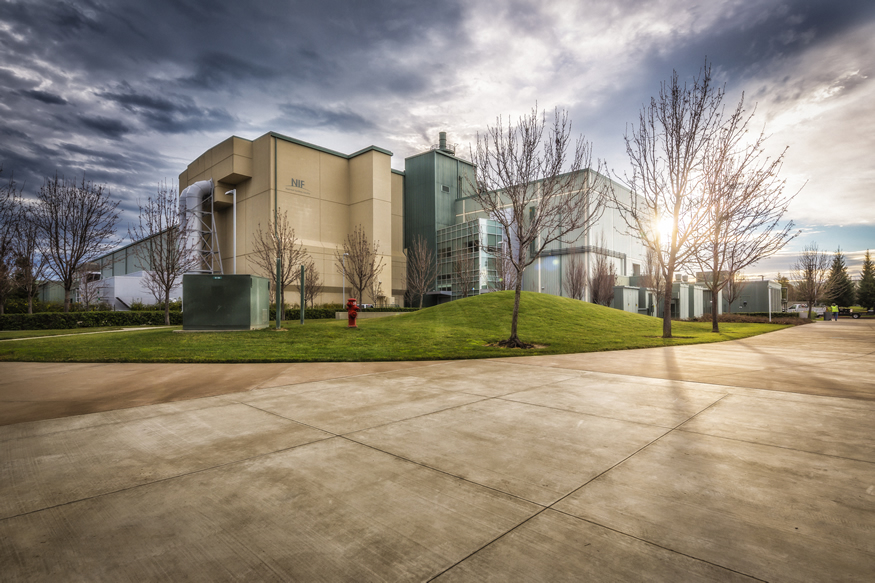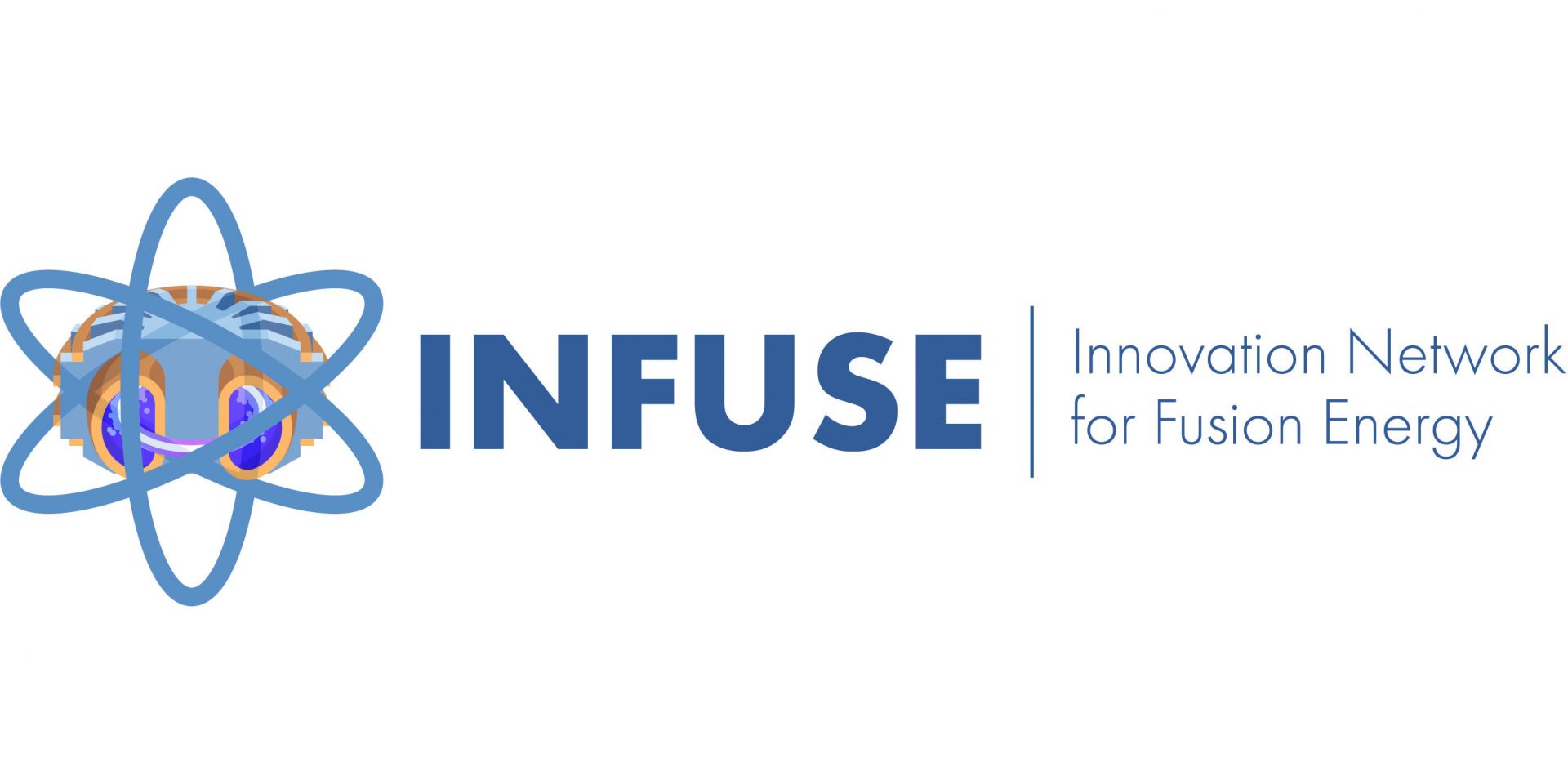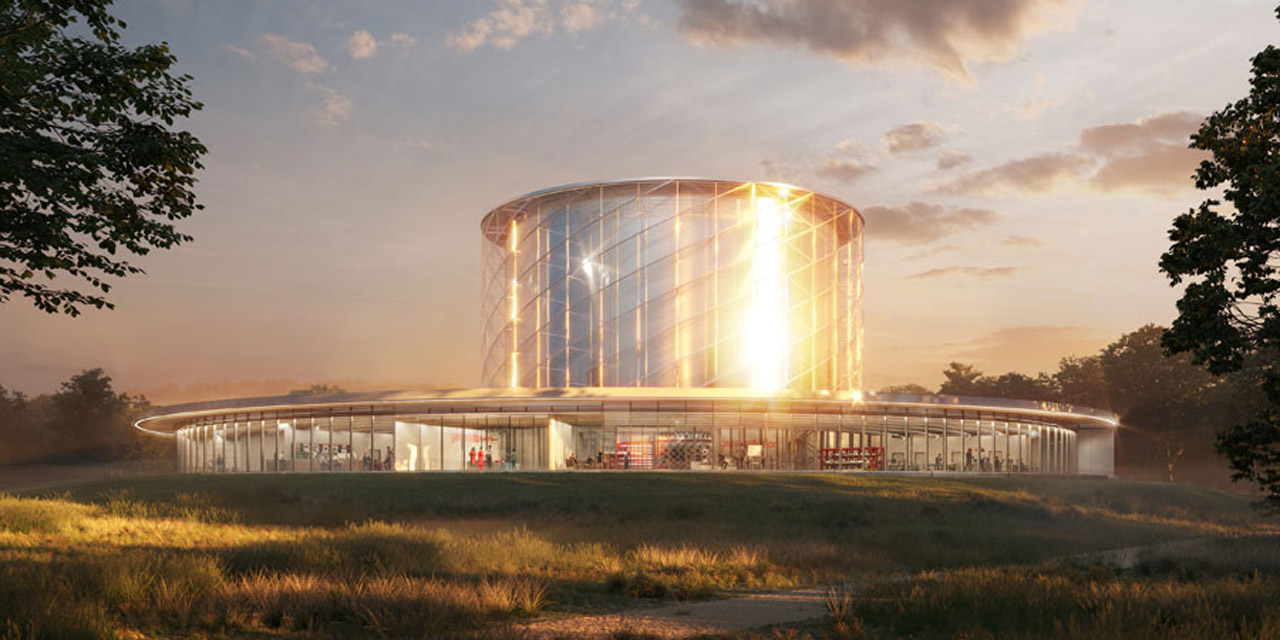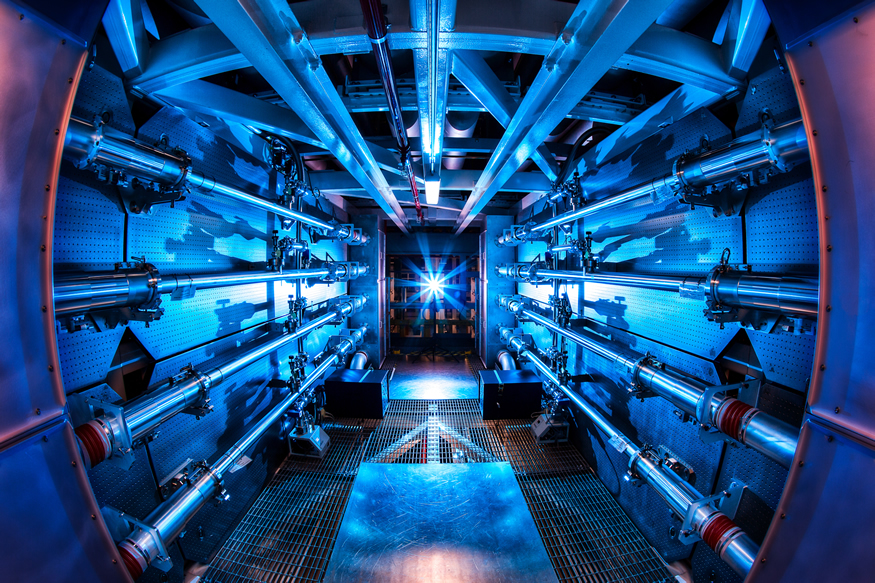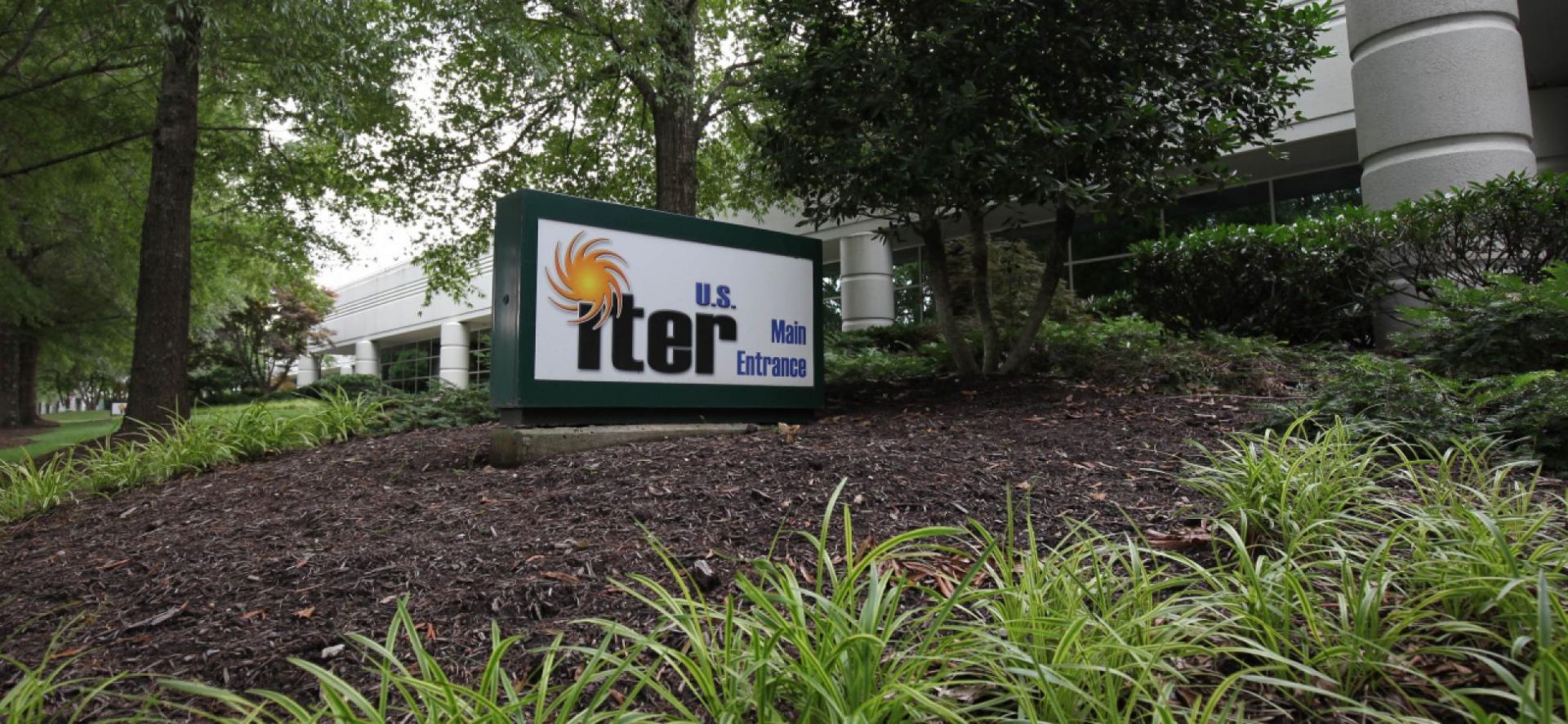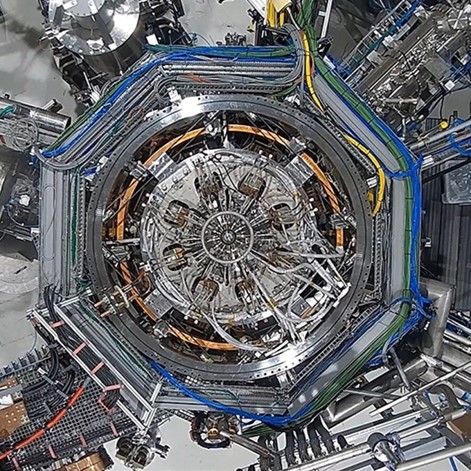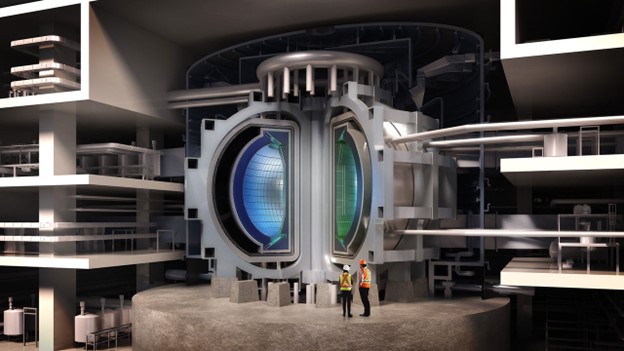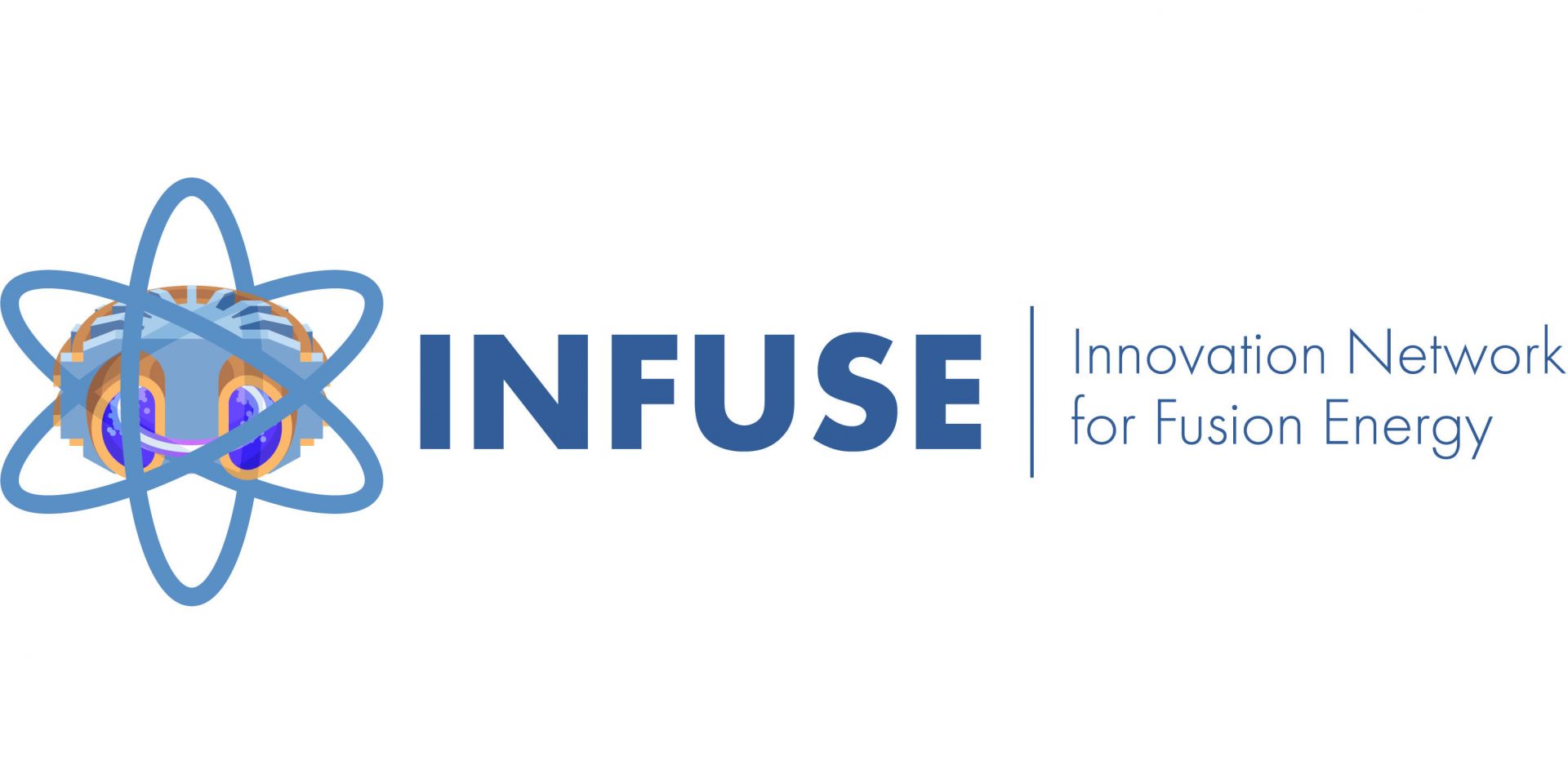April 26, 2023, 12:00PMEdited April 26, 2023, 12:00PMNuclear News LLNL design physicist Annie Kritcher is honored as one of the TIME100 Most Influential People. (Photo: Blaise Douros/LLNL)
Physicist Andrea “Annie” Kritcher’s dedication to fusion target design has earned her a spot on the TIME100 Most Influential People list for 2023. Today, Kritcher and 99 other individuals on that list—among them Elon Musk, King Charles, Judy Blume, Patrick Mahomes, Beyoncé, Lionel Messi, Janet Yellen, and MrBeast—are being honored at the TIME100 Summit and Gala at the Lincoln Center in New York City.
A side-by-side comparison of a standard plasma configuration (at left) and the plasma created during the negative triangularity campaign at DIII-D, which was made possible by the installation of a temporary divertor region. (Image: General Atomics)
The DIII-D National Fusion Facility in San Diego, Calif., has completed a monthlong research campaign using a negative triangularity plasma configuration inside its fusion tokamak and produced initial data that “appear very encouraging,” according to an April 24 news release from General Atomics (GA), which operates the Office of Science user facility on behalf of the Department of Energy. Full experimental results on “the highest-powered negative triangularity experiments in the history of the U.S. fusion research program” are expected this summer, according to GA.
The UKAEA will provide novel fusion materials to be irradiated in ORNL’s HFIR facility over the next four years. Pictured (from left) are Kathy McCarthy, director of the U.S. ITER Project; Jeremy Busby, ORNL’s associate lab director for fusion and fission energy and science; Mickey Wade, ONRL Fusion Energy Division director; Ian Chapman, chief executive officer of the UKAEA; Cynthia Jenks, ORNL’s associate lab director for physical sciences; and Yutai Kato, ORNL Materials Science and Technology Division interim director.
The Department of Energy’s Oak Ridge National Laboratory (ORNL) and the U.K. Atomic Energy Authority (UKAEA) have formed a strategic research partnership to investigate how different types of materials behave under the influence of high-energy neutron sources. The five-year partnership was announced by ORNL and by the UKAEA on March 13.
CFS CEO Bob Mumgaard showing Sen. Warren (left) and Secretary Granholm (center) around the SPARC facility. (Photo: CFS)
Commonwealth Fusion Systems (CFS) hosted visiting officials for a tour and ribbon-cutting ceremony to officially open its new headquarters in Devens, Mass., on February 10. Energy secretary Jennifer Granholm, Sen. Elizabeth Warren (D., Mass.), and Sen. Edward Markey (D., Mass.) were among the national, state, and local leaders invited to celebrate what CFS heralded as a “fusion energy campus.”
NIF in winter (Photo: LLNL)
“Star Power” is the name 60 Minutes producers gave their interpretation of the recent experiment at the National Ignition Facility (NIF) that achieved fusion ignition and net gain. Views from inside Lawrence Livermore National Laboratory captured by TV cameras and aired Sunday, January 15—of some of NIF’s 192 lasers, banks of capacitors, target assembly labs, and even the remains of the target assembly blasted in the December 5 breakthrough—are well worth the watch for those of us who are unlikely to visit the site in person.
A rendering of the planned demo plant. (Image: General Fusion)
A color-enhanced image of the inside of a NIF preamplifier support structure. (Image: LLNL/Damien Jemison)
On December 5, researchers at the National Ignition Facility (NIF) at Lawrence Livermore National Laboratory achieved fusion energy breakeven. It was a gain for stockpile stewardship that also—as headlines gushed prior to the Department of Energy’s December 13 announcement—boosted the prospects of inertial fusion energy (IFE). The timing of the landmark achievement may have been especially welcome to private fusion companies with inertial or hybrid magneto-inertial confinement concepts, because it occurred as the DOE was getting ready to consider applications for $50 million in funding for fusion pilot plant design work.
The target chamber of LLNL’s NIF, where 192 laser beams delivered more than 2 million joules of ultraviolet energy to a tiny fuel pellet to create fusion ignition on December 5, 2022.
It’s official: Early in the morning on December 5 at Lawrence Livermore National Laboratory’s National Ignition Facility (NIF), the laser-triggered implosion of a meticulously engineered capsule of deuterium and tritium about the size of a peppercorn yielded, for the first time on Earth, more energy from a fusion reaction than was delivered to the capsule. The input of 2.05 megajoules (MJ) to the target heated the diamond-shelled, spherical capsule to over 3 million degrees Celsius and yielded 3.15 MJ of fusion energy output. The achievement was announced earlier today by officials and scientists representing the Department of Energy and its National Nuclear Security Administration, the White House, and LLNL during a livestreamed event.
This still image, taken from a General Fusion video, depicts the demo plant that will be built near Oxford, U.K. (Image: General Fusion)
Canadian Nuclear Laboratories (CNL) and General Fusion have announced a memorandum of understanding (MOU) to “develop fusion energy research capabilities within CNL, to support the goal of constructing a potential General Fusion commercial power plant in Canada before 2030.” The plant would follow on a demonstration-scale plant that General Fusion wants to have operating in the United Kingdom by 2027 to validate the performance and economics of the technology.
The U.S. ITER Project Office in Oak Ridge, Tenn. U.S. ITER has received $256 million in Inflation Reduction Act funding. (Photo: U.S. ITER)
Just days before COP27 and the U.S. midterm elections, the White House announced $1.55 billion in Inflation Reduction Act (IRA) funding for national laboratories and the launch of a Net-Zero Game Changers Initiative based on a new report, U.S. Innovation to Meet 2050 Climate Goals. Out of 37 research and development opportunities identified, fusion energy was selected as one of just five near-term priorities for the new cross-agency initiative. Together, the announcements signal policy and infrastructure support for fusion energy—the biggest chunk of Department of Energy Office of Science (DOE-SC) IRA funding went to ITER, via Oak Ridge National Laboratory—and for advanced nuclear technologies to power the grid and provide process heat to hard-to-decarbonize industrial sectors.
A rendering of the GA fusion pilot plant. (Image: GA)
General Atomics (GA) announced on October 20 that it has developed a steady-state, compact advanced tokamak fusion pilot plant concept “where the fusion plasma is maintained for long periods of time to maximize efficiency, reduce maintenance costs, and increase the lifetime of the facility.”
The Spherical Tokamak for Energy Production, shown here in an artist's rendition, is a government-backed prototype fusion energy plant planned for operation in the U.K. in the early 2040s. (Image: UKAEA)
The U.K. Atomic Energy Authority (UKAEA) and Tokamak Energy announced on October 10 that they signed a framework agreement to collaborate on developing spherical tokamaks for power production. This news is a complement to last week’s announcement from the U.K. government that the West Burton A coal-fired power plant site in Nottinghamshire has been selected as the future home of STEP (Spherical Tokamak for Energy Production), the U.K.’s planned prototype fusion energy plant. The government is providing £220 million (about $250 million) of funding for the first phase of STEP, which will see the UKAEA produce a concept design by 2024.
(Image: Ana Kova /USFusionEnergy.org)
The Department of Energy announced up to $50 million for a new milestone-based fusion energy development program on September 22. The funding opportunity announcement is open to for-profit companies—possibly teamed with national laboratories, universities, and others—that are prepared to meet major technical and commercialization milestones leading to a pilot fusion power plant design.
The Spherical Tokamak for Energy Production (STEP), shown here, is a government-backed prototype fusion energy plant planned for operation in the U.K. in the early 2040s. (Image: UKAEA)
Future fusion energy facilities will continue to be regulated by the Environment Agency (EA) and Health & Safety Executive (HSE), the U.K. government announced June 20, and existing law on nuclear regulations will be amended to exclude fusion energy facilities from nuclear fission regulatory and licensing requirements. The move was announced by the United Kingdom Atomic Energy Authority (UKAEA) with the expectation it would provide “clarity to developers of prototype/demonstration fusion facilities currently being planned to support rapid commercialization.”



